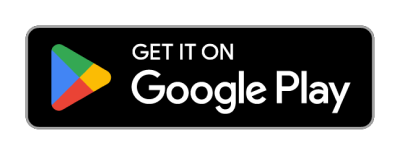The USSD tool is a protocol that enables GSM mobile phones to communicate with their service provider’s computers via text-based messages.
Unstructured Supplementary Service Data, commonly known as USSD, is a protocol used by GSM (Global System for Mobile Communications) cellphones to communicate with their service provider’s computers via text messages.
To explain this in simple terms, when you dial a number that starts with * and ends with #, you are using USSD. This is currently the best available communications technology for delivering mobile financial services to customers.
USSD works with codes composed of characters available on a mobile phone. A USSD message, which can be up to 182 characters long, establishes a real-time communication session between the phone and another device (typically, a network or server).
It can be used for Wireless Application Protocol (WAP) browsing, mobile money services, prepaid callback service, menu-based information services, and location-based content services.
With USSD, users interact directly from their mobile phones by making selections from various menus. Unlike an SMS message, a USSD session creates a real-time connection during a USSD message.
This means USSD enables two-way communication of information, as long as the communication line stays open. As such, queries and answers are nearly instantaneous.
USSD tool: How USSD works
A typical way the USSD tool works involves a query from a mobile phone user, such as a request for a bank account balance. Once the user sends the request, the USSD gateway forwards it to the user’s USSD application, which responds accordingly.
The process is then repeated in reverse; i.e., the response is sent back to the USSD gateway, which displays the response content on the user’s mobile phone screen.
Generally, the responses, which contain a maximum of 182 alphanumeric characters, are sent in a format that’s easy to display. The user sends and receives data by dialing a specific shortcode, which usually ranges from three (3) to five (5) numbers.
USSD apps are instantly available to every subscriber the moment they’re deployed to a network and do not require any installation from the User.
7 Ways the USSD tool is used in businesses
A USSD application may be used for several reasons, such as the following :
- Mobile banking: Unlike banking apps that need internet access and smartphone functionality, USSD banking can work on any mobile device, including feature phones.
- Order confirmations: Food delivery providers can use USSD to enable two-way communication between customers placing orders and vendors, alerting customers when their orders are on the way.
- Marketing surveys: USSD can be used for mobile marketing. For example, organizations can send basic marketing surveys that users can respond to immediately, enabling companies to get customer feedback in real-time.
- Network configuration and requests: USSD is used to configure a user’s mobile device on the network. It also provides a menu of service options that users can choose from, such as purchasing airtime or requesting account balances.
- Callback services: Service organizations, such as insurance providers and financial services companies, can utilize USSD to determine customers’ interests by enabling them to request callbacks after presenting their offers.
- Coupons and vouchers: Retailers can use USSD to communicate special offers to customers, as well as send coupons and vouchers.
- Customer update requests: USSD can integrate with enterprise resource planning (ERP) and customer relationship management (CRM) systems to request updated customer information.
USSD payments
USSD payment processing is performed by sending a text message to a service provider’s designated number. When the service provider receives the text message, it either charges the purchase amount to an online payment system or adds the amount to the user’s phone bill.
The merchant then releases the goods or services, and the money is transferred to the company’s account. If the user bought a physical item, the receipt can be sent via SMS.
For further information, visit https://arkesel.com/ussd to learn more and begin the journey towards easy business-customer relations.





